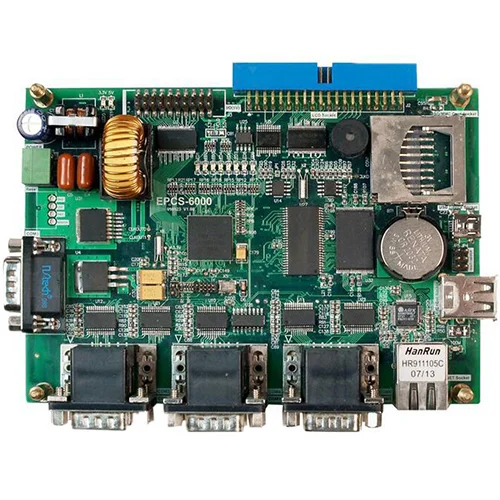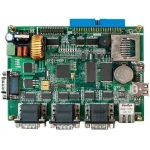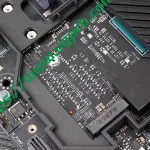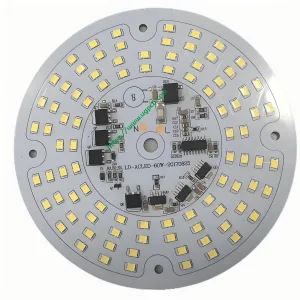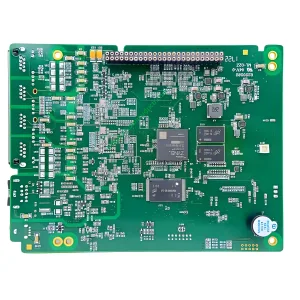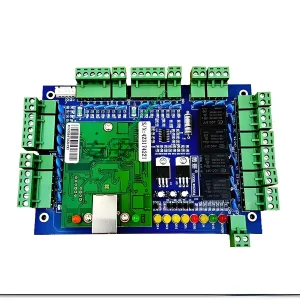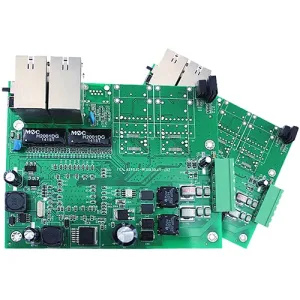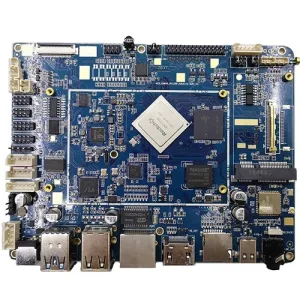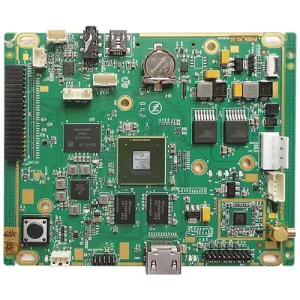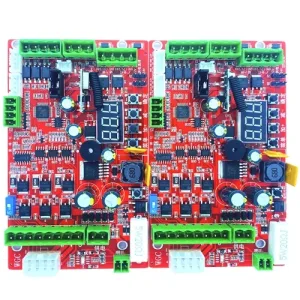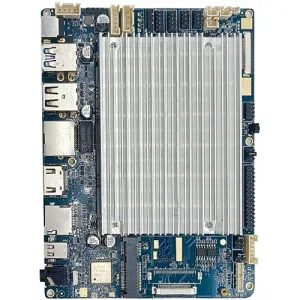Introduction
Automotive electronics encompasses car body electronic control devices and vehicle electronic control systems. These systems play a crucial role in improving the safety, comfort, economy, and entertainment of modern vehicles. Automotive electronics is a vital indicator of the technological advancement of modern automobiles and a key measure for developing new models and enhancing automobile performance.
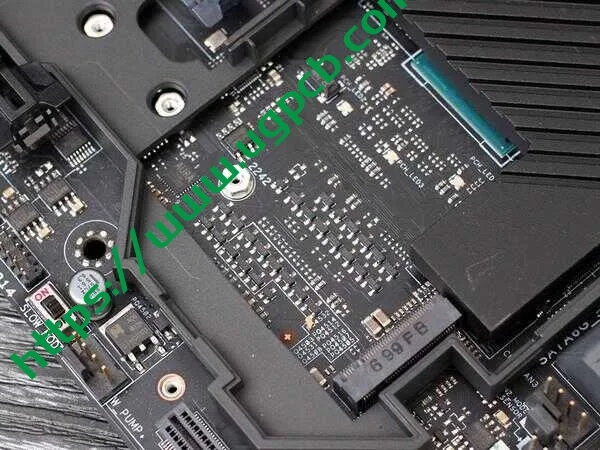
Technical Status
Automobile electrification is a revolutionary development in automotive technology. The degree of automotive electronics is a significant indicator of modern automotive sophistication and a crucial technical measure for innovating new models and improving performance. Automakers view increasing the number of automotive electronic devices as a vital means to capture the future automotive market.
Statistics
From 1989 ถึง 2000, the average proportion of electronic devices in the manufacturing cost of each car increased from 16% to over 23%. In some luxury cars, the number of single-chip microcomputers used has reached 48, and electronic products account for more than 50% of the vehicle’s cost.
Major Changes
Mechanical Structure
Automotive electronic technology will significantly alter the mechanical structure of automobiles, with various control systems evolving towards electronization and electrification, achieving “wire control.” This includes replacing mechanical transmission mechanisms with wires, เช่น “wire brakes,” “wire steering,” และ “electronic throttles.”
Power Supply System
The car’s 12-volt power supply system will be converted to 42-volts to accommodate the increasing number of electronic devices. The integrated starter-generator 42-volt power supply system will boost generator output power from 1 kW in 2005 to about 8 kW, with power generation efficiency exceeding 80%.
Intelligence
Automotive electronic technology will make cars more intelligent, equipped with sensors to perceive driver and passenger conditions, traffic facilities, and the surrounding environment, enabling timely response to potential dangers.
Information Networks
As society enters the age of information networks, cars are expected to extend the scope of life and work. Vehicles will feature multimedia systems, automatic navigation, and assisted driving, allowing drivers to input destinations and follow the best routes while manipulating car facilities through language recognition systems.
Categories
Automotive Electronic Control Devices
These devices must be used in conjunction with the mechanical system, such as engine, chassis, and body electronic controls. Examples include electronic fuel injection systems, brake anti-lock systems, traction control, electronically controlled suspensions, and electronic power steering.
On-board Automotive Electronic Devices
These are electronic devices that can be used independently, not directly related to the car’s performance. They include car information systems, navigation systems, audio and TV entertainment systems, communication systems, and Internet equipment.
Seven Characteristics
- Technological Innovation: The automobile industry has transitioned from traditional mechanical and electrical products to high-tech products.
- Regulations and Markets: Energy, emission, noise, and safety regulations, along with customer comfort demands, drive the development of automotive electronic information technology.
- Microprocessors: The scale of automobile and engine system microprocessors is growing, with some models having as many as 60 controlled by LIN and CAN networks.
- Electronic Control: The electronic control and electronic injection system will be popularized to improve power system efficiency.
- Control-by-Wire: The control-by-wire or drive system is evolving rapidly, with research intensifying on steering-by-wire and brake-by-wire.
- ITS: Intelligent transportation systems are emerging rapidly, including intelligent vehicles, automated highways, and navigation systems.
- Integrated Control: Integrated control has become a trend in automotive electronic information technology, encompassing power transmission, chassis and safety systems, body and anti-theft systems, and telematics.
Product Development Process
Software and Hardware Parallel Development
Vehicle control electronic products are embedded systems combining software and hardware. To save resources and shorten development cycles, software and hardware are typically developed simultaneously. This approach facilitates the simultaneous development and debugging of software and hardware, shortening the time to market.
Software Development Process
The software development process follows a “วี”-shaped model, encompassing functional design, prototype simulation, code generation, hardware-in-the-loop simulation (HIL), and calibration.
Code Generation
During code generation, an embedded real-time operating system conforming to the OSEK specification can be added as needed. Tools like CODEWARRIOR are used to convert standard C code to product code on the target hardware platform.
Automotive Electronics System Division
Automotive electronic products can be divided into:
- Automotive Electronic Control Devices: Including powertrain control, chassis and body electronic control, comfort, and anti-theft systems.
- Car Electronic Devices: Including car information systems, tire pressure monitoring systems, navigation systems, audio-visual entertainment systems, communication systems, networks, reversing image systems, and navigator rear-view cameras.
Automotive Electronics PCB Assembly
Application Status
Engine Applications
- Electronically Controlled Fuel Injection Device: Ensures optimal engine performance, saving fuel and purifying the air.
- Electronic Ignition (ESA): Adjusts ignition timing based on engine parameters, saving fuel and reducing pollution.
Related Applications
- Electronically Controlled Automatic Transmission (ECAT): Optimizes gear shifting for better acceleration and fuel efficiency.
- Anti-lock Braking System (ABS): Prevents wheel lock during braking, improving vehicle stability and safety.
- Electronic Power Steering System: Provides steering assistance using a DC motor, enhancing steering response and maneuverability.
- Adaptive Suspension: Adjusts suspension stiffness and damping to maintain ride height and improve handling.
- Automatic Control System (CCS): Maintains a constant speed during long-distance driving, reducing driver fatigue.
Development Trends
The future of automotive electronics is green, safe, and connected. Key trends include:
- Environmental Protection: Developing engines with high fuel efficiency and low carbon emissions.
- Safety: Increasing demand for technologies and products that ensure safer driving.
- Connected Communication: Enhancing vehicle communication and connectivity.
The Internet of Vehicles
The Internet of Vehicles combines the Internet and the Internet of Things with vehicles as the main entity. Smart cars in this era can maintain a fixed distance between vehicles, achieve zero collisions, and temporarily form or leave teams to improve traffic efficiency.
Our Services
UGPCB supports Automotive Electronics PCB Assembly business. We are a professional PCBA one-stop assembly factory. Welcome to place an order.
 โลโก้ UGPCB
โลโก้ UGPCB

